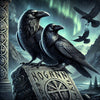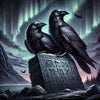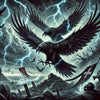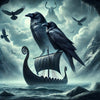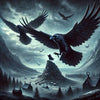Norse Runes Uncovered: A Journey into Viking Symbolism
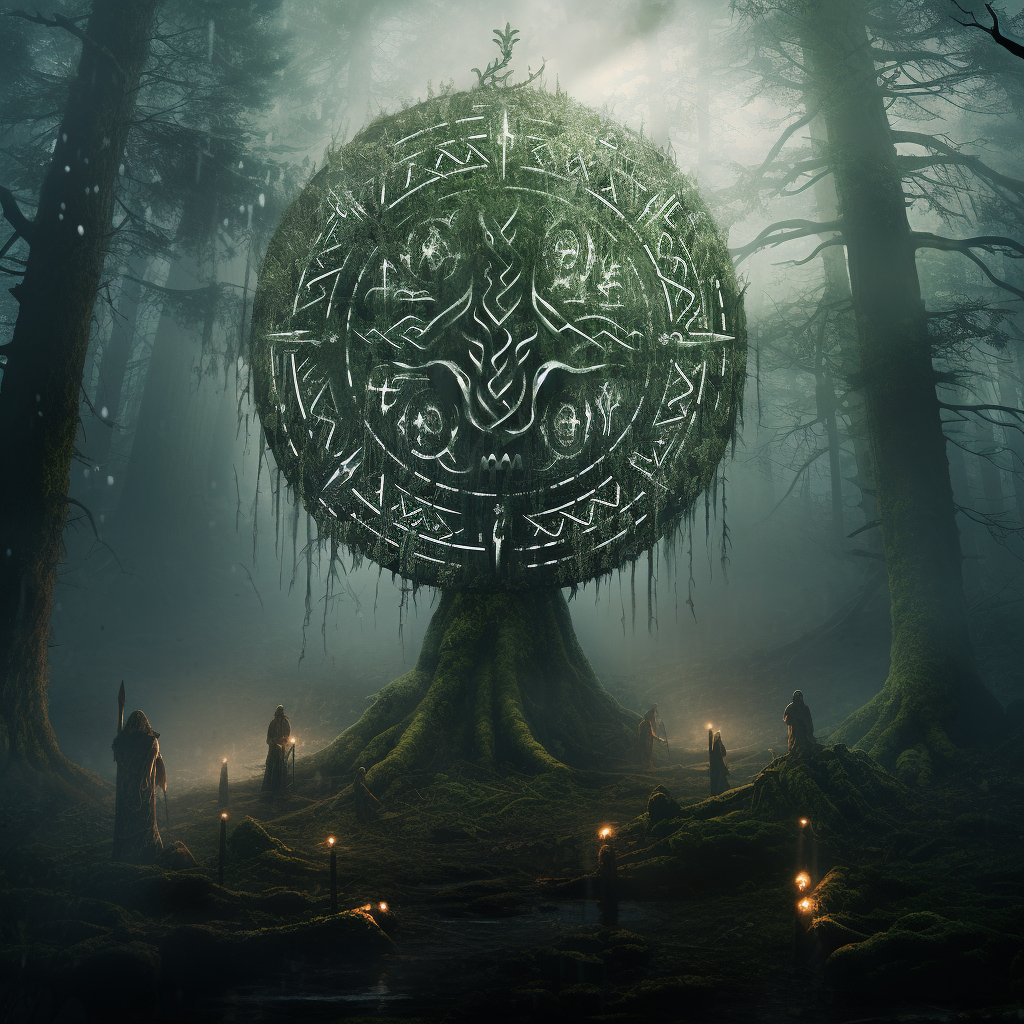
A beginner's guide explaining what Norse runes are, their origins, and their historical context.
Origins of Norse Runes
Explore the captivating origins of Norse runes, ancient symbols deeply rooted in the Viking Age's enigmatic history. Originating in Scandinavia around the 2nd century AD, Norse runes are more than mere archaeological curiosities; they are the keystones of understanding an entire culture. This exploration delves deep into the historical and cultural context of Norse runes, unraveling their significance in the Norse world. By tracing the evolution and use of these runes, we connect with the rich heritage and enduring spirit of the Norse people, gaining insights into their unique way of life.
Historical Background: Emergence of Norse Runes
Unraveling the historical background of Norse runes is crucial to appreciate their significance fully. These enigmatic symbols, deeply interwoven with the fabric of Norse history, emerged during a period of vast exploration and conquest. The Elder Futhark, the earliest runic alphabet, is a prime example of the profound impact of Norse runes. It embodies the story of the Norse people extending their influence across Europe, leaving behind tales of raids, trade, and these mysterious inscriptions. The runes carved into various materials are not just letters; they are narratives capturing the Norse's transition, marking significant moments in their rich history.
Norse Runes and the Viking Age Connection
The story of Norse runes is intrinsically linked to the lives and beliefs of the Norse people during the Viking Age. This era, known for its significant transformation and expansion, saw Norse runes travel from the icy shores of Scandinavia to the distant lands of the British Isles. These runes were more than a mere writing system; they were an integral part of the Norse cultural fabric, deeply entwined with their identity and daily life. They offer us reflections of the Norse worldview, their values, and their legendary sagas. Each rune-carved artifact, be it monumental runestones or simple everyday objects, provides a unique window into the Viking Age, revealing trade, warfare, and spiritual practices.
The Runic Alphabet in Norse Culture
Central to understanding Norse runes is the Elder Futhark, the earliest form of the runic alphabet. Consisting of 24 unique characters, each with its sound and meaning, this alphabet was widely used across Scandinavia and other Germanic regions. Over time, the Elder Futhark evolved into various forms, adapting to the changing needs and language of the Norse people. The Younger Futhark, emerging in the Viking Age with a reduced set of 16 runes, and the Anglo-Saxon Futhorc, an extended version of the alphabet, illustrate the dynamic nature of Norse runes. These alphabets, deeply embedded in Norse culture, captured a wide spectrum of human experiences.
Physical Characteristics of Norse Runes
The distinctive angular shapes of Norse runes were a product of both cultural expression and practical necessity. Designed for ease of carving into hard surfaces like wood, stone, and metal, Norse runes typically feature straight lines, ideal for the tools available in the early medieval period. This design, reflecting the Norse environment and practical needs, is a testament to the ingenuity and resourcefulness of the Norse people. Each rune, in its simplicity and efficiency, tells a story of a culture adept at blending functionality with cultural expression, making Norse runes a unique feature of ancient Norse civilization.
Norse Runes in Mythology
In the realm of Norse mythology, runes were far more than mere alphabetic signs; they were symbols of profound mystical and magical significance. The legend of Odin's quest for wisdom, leading to the discovery of Norse runes, highlights their perceived power in divination and magic. These mythological narratives infuse Norse runes with a sense of deep mystery and power, integral to the Norse heritage. They demonstrate the Norse belief in the supernatural potency of language and the written word, passed down through generations and continuing to captivate the imagination and inspire exploration into Norse spirituality.
Uses of Norse Runes in Ancient Times
In ancient Norse society, runes had a versatile and significant role, extending beyond esoteric or religious contexts. Used for practical purposes such as labeling belongings and marking property boundaries, Norse runes were also integral in commemorating the dead on runestones. These runestones, often erected as memorials, were not mere markers of memory; they were storytellers preserving legacies for future generations. There is also evidence of runes being used in magical rituals and spells in Norse culture, offering protection or casting curses. This duality of uses highlights the integral role of Norse runes in connecting the earthly and divine, the living and ancestral spirits.
The Lasting Fascination with Norse Runes in Modern Times
The fascination with Norse runes has only grown in modern times, finding new resonance and relevance. These ancient symbols, transcending their historical roots, are now seen in art, jewelry, and tattoos, symbolizing a connection to a mystical past. Beyond their aesthetic appeal, Norse runes have experienced a resurgence in spirituality and divination. Many people, drawn to the rich Norse heritage, utilize runes for meditation and personal reflection, akin to tarot cards. This modern adaptation underscores the enduring relevance and versatility of Norse runes. Their presence in popular culture, from books to movies and video games, symbolizes ancient wisdom and magical power, reflecting a broad interest in Viking Age myths and practices.
Conclusion
As we've journeyed through the ancient world of Norse runes, we've seen their transformation from simple carvings in wood and stone to powerful symbols steeped in mythology and history. These runes offer us a unique lens through which we can view and understand the Norse culture — a civilization both enigmatic and influential. Their evolution from a practical alphabet to mystical symbols and now a modern cultural icon underscores their enduring appeal and significance. Whether it's through their historical roots, mythological stories, or their contemporary resurgence, Norse runes continue to fascinate and inspire.
We've only scratched the surface of this rich and mystical topic. In upcoming posts, we'll dive deeper into the individual runes, their meanings, and how they continue to influence art, culture, and spirituality today. Stay tuned to unravel more secrets and stories hidden within these ancient symbols. Join us as we continue to explore the captivating world of Norse runes!



